How did a race car company named Chaparral go from a wild racing design to a futuristic concept?
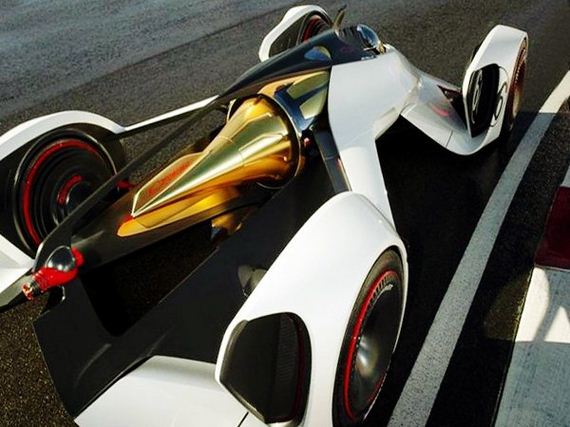
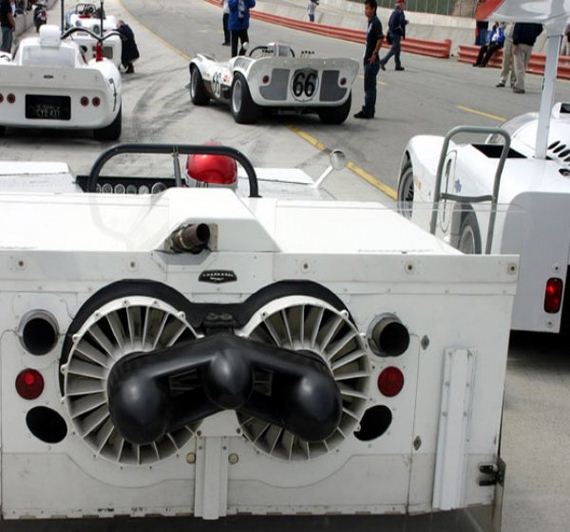
Above is the Chevrolet Chaparral 2J from 1970 and below is Gran Turismo (video game) concept called the 2X Vision VGT.
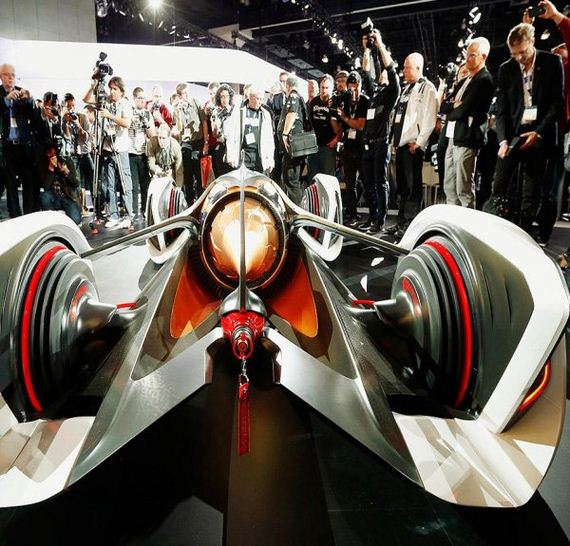
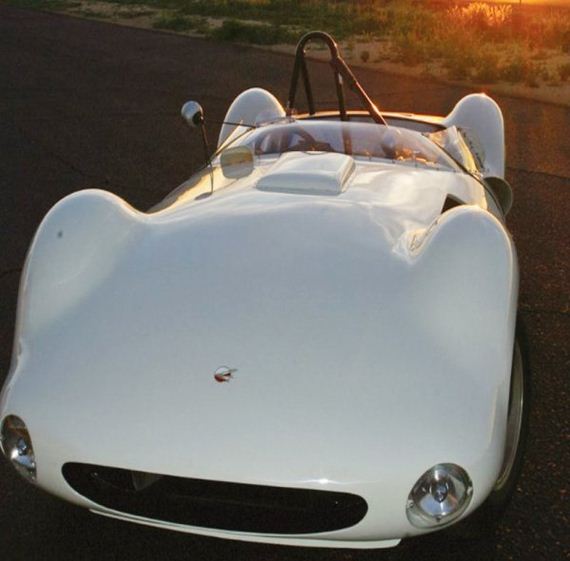
The design began with the 1961 Chaparral “1”. It was built by Jim Hall, Dick Troutman and Tom Barnes with the help of Chevrolet engineers to be an all-American race car.
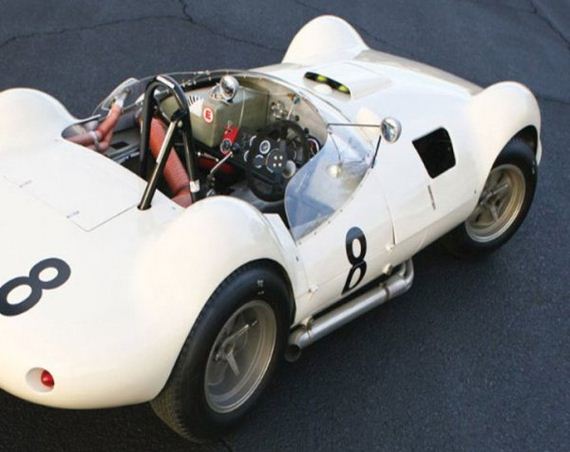
Their small shop was located in Culver City, CA. Years later, this would become the location of Sony Entertainment’s head-quarters in America.
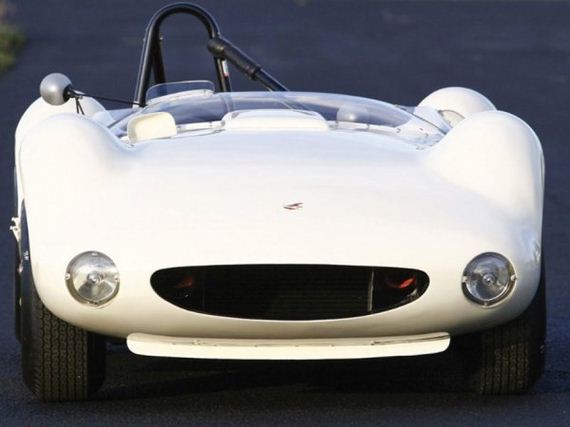
It’s no coincidence that Sony would seek out an iconic car like the Chaparral. They were built, literally “next door”.
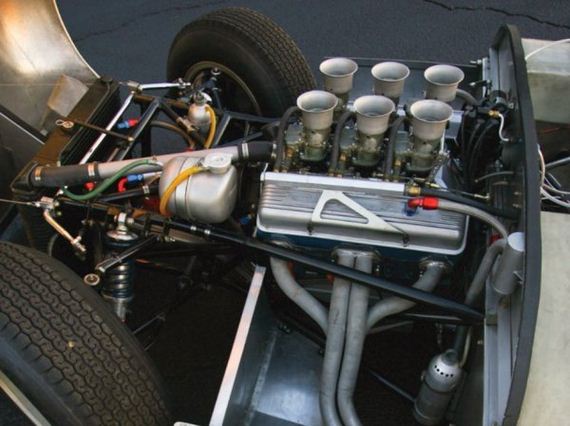
The “1” version had a Chevy small block V8 in the front hood. It only produced 300-hp but with its light weight all aluminum body, the car could move.
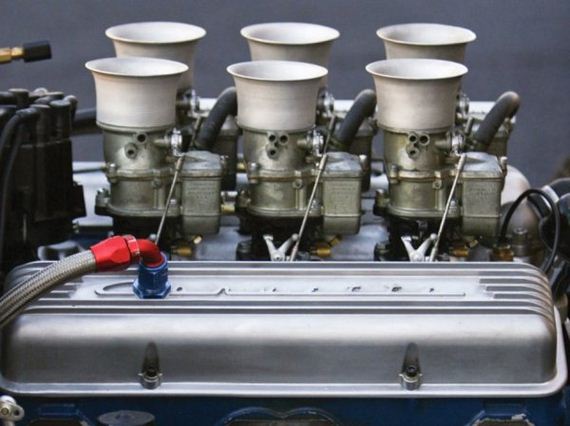
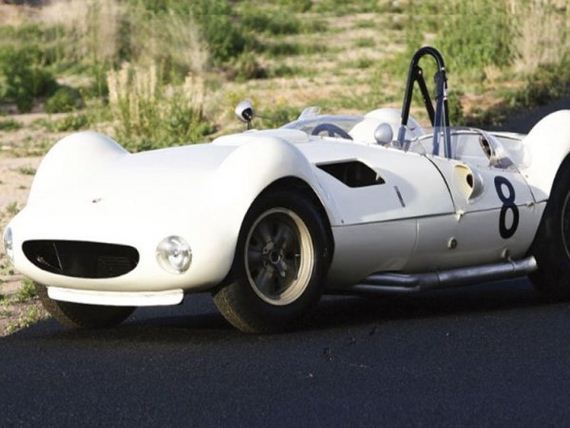
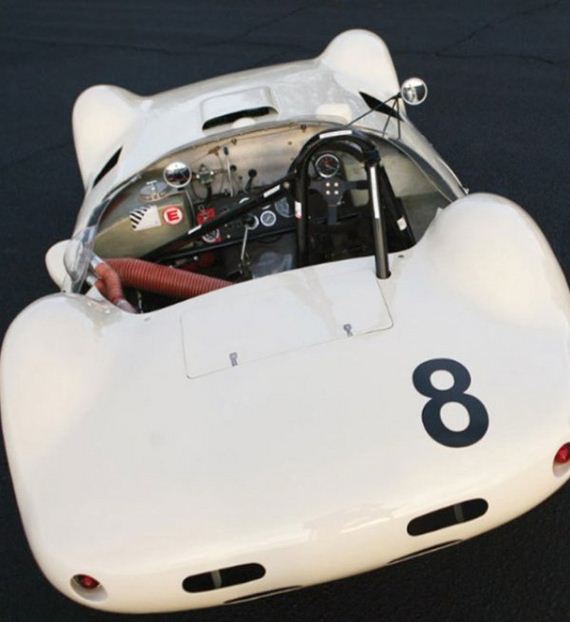
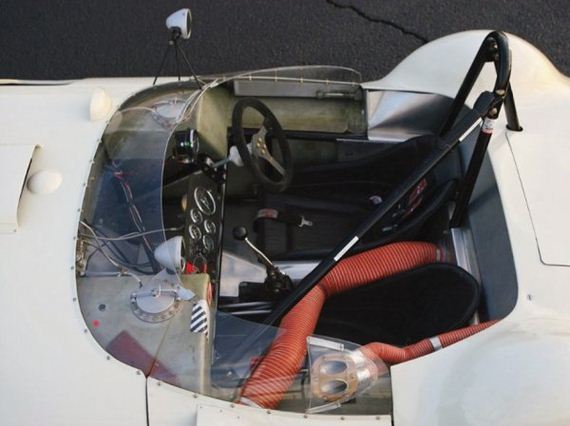
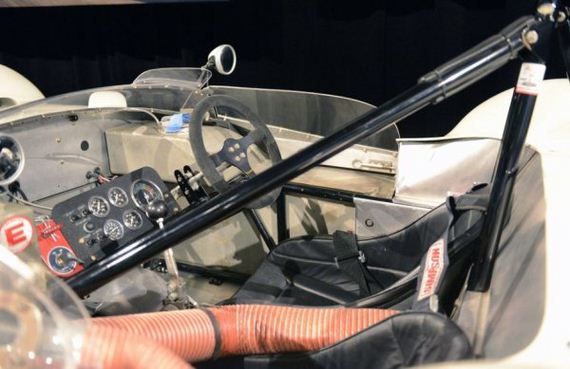
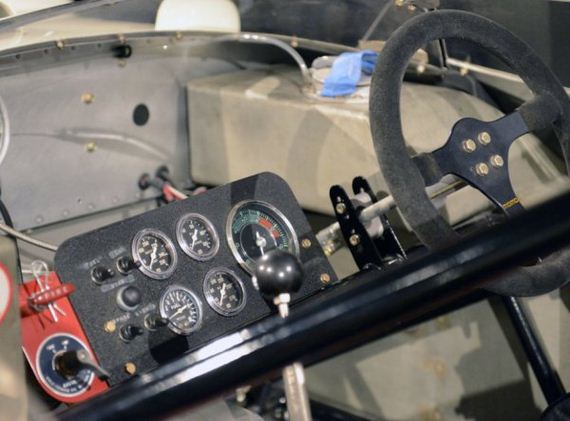
Chaparral entered its first competition at Laguna SECA where it would race to a second place finish.
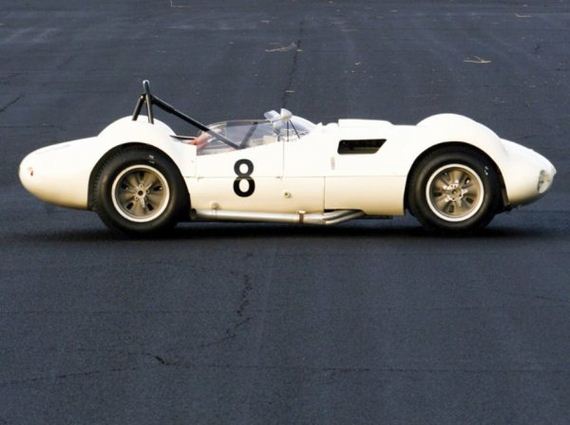
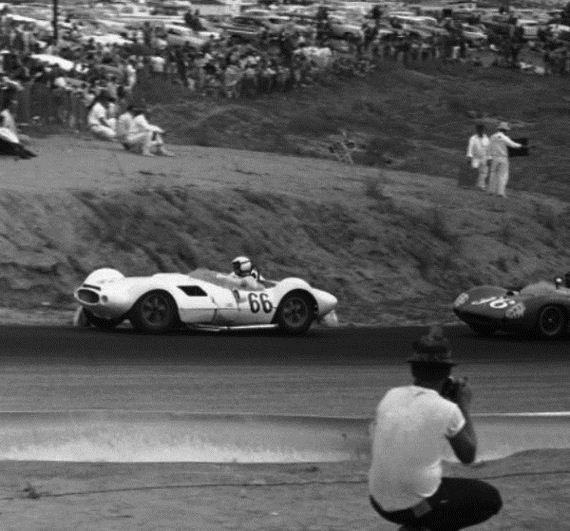
In 1962, the “1” version would achieve its first “in class” victory at Sebring 12 Hours race.
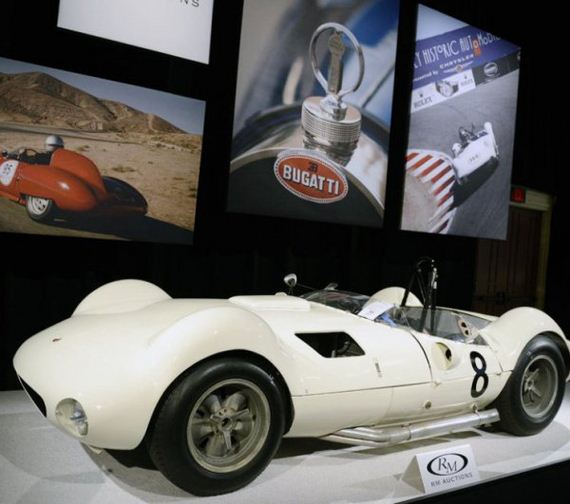
Only 5 version “1s” were ever made…the Chapparral “1” is only for the rich to have.
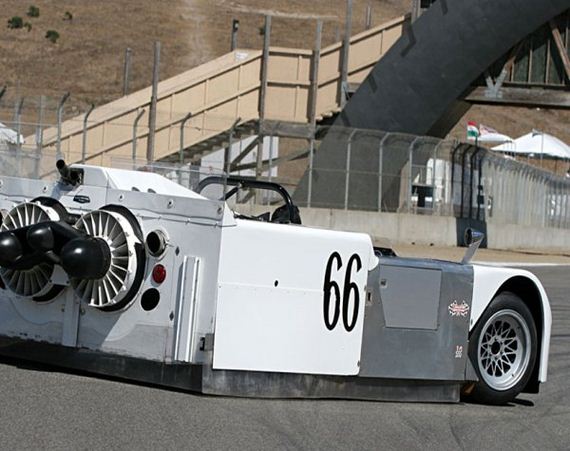
The wild design came in 1970 with Chaparral’s crazy version called the “2J”.
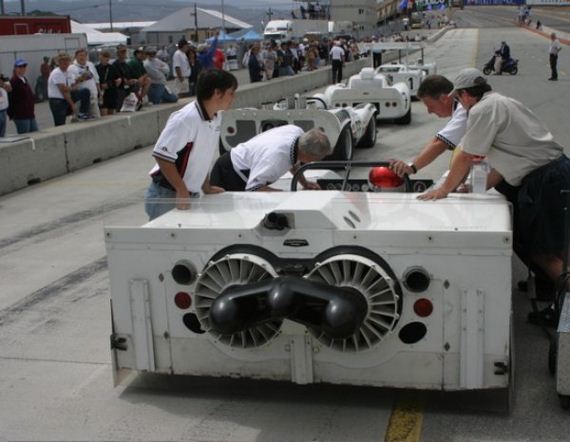
They moved the engine to the rear and into a realm of futuristic aerodynamic shape and design.
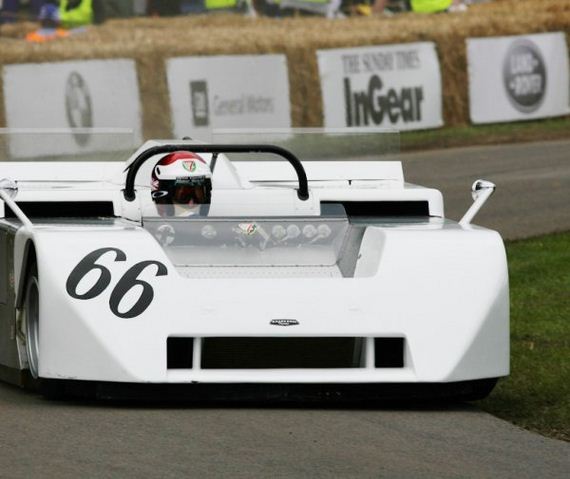
The downforce created was estimated at around 240-lbs. when the car traveled at speeds of 100-mph and above.
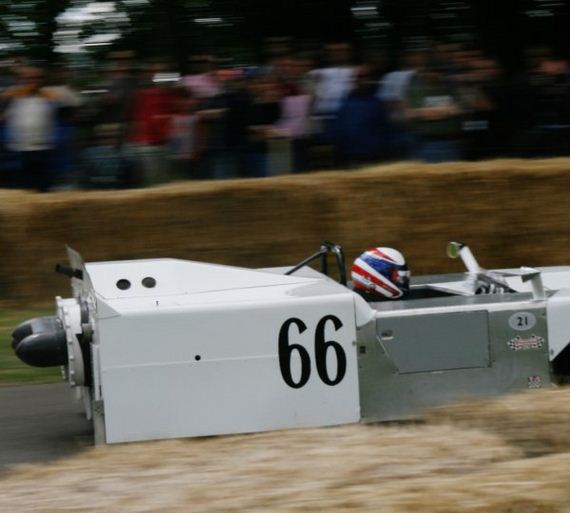
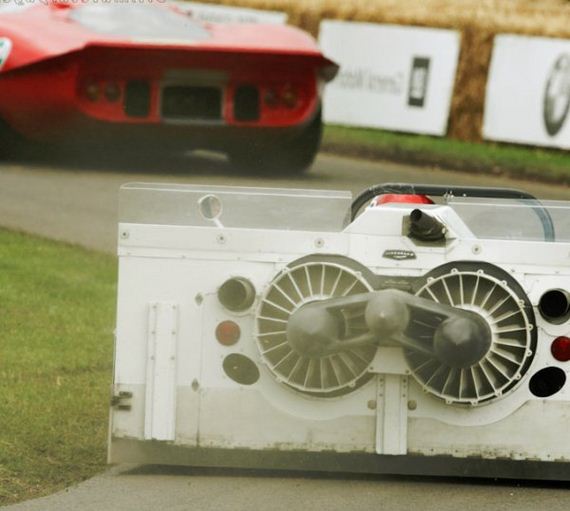
Its down force was so great that it lead to a group of race cars known as “ground effects vehicles”.
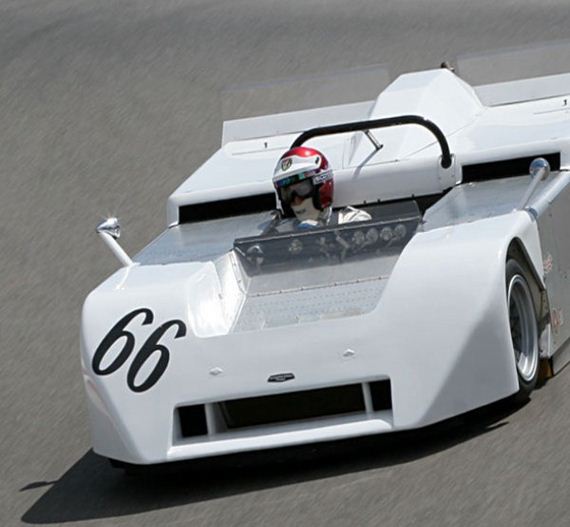
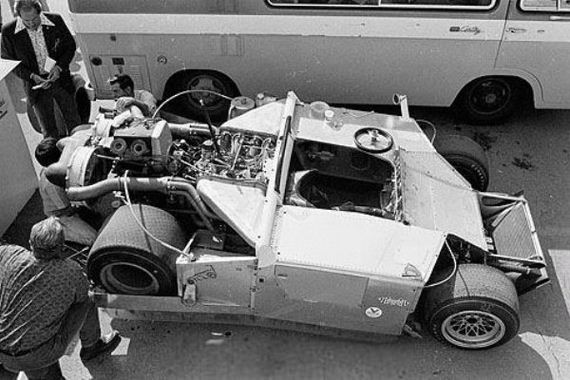
The 2J’s engine was a big block V8.
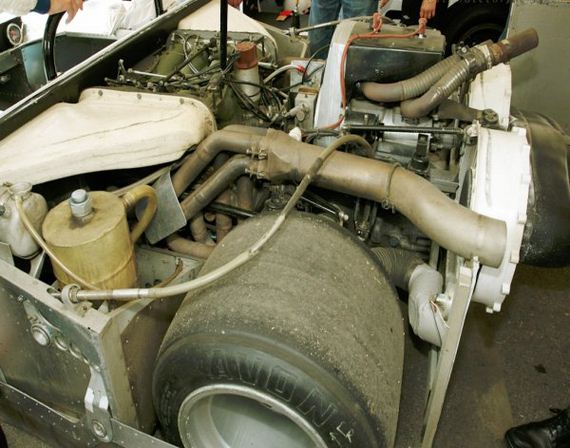
This was a monster from the Chevrolet ZL1 which churned out 650-hp.
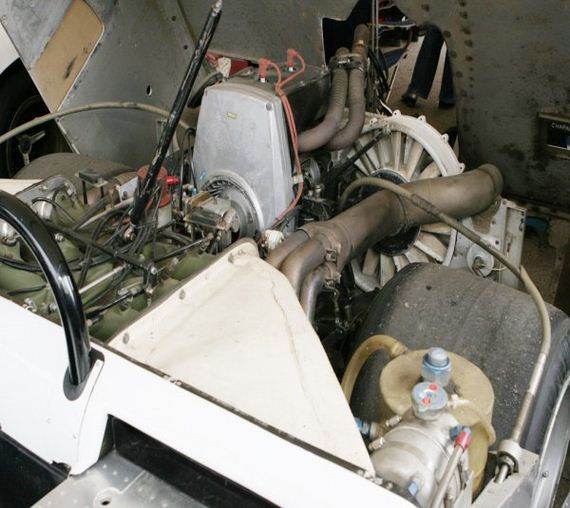
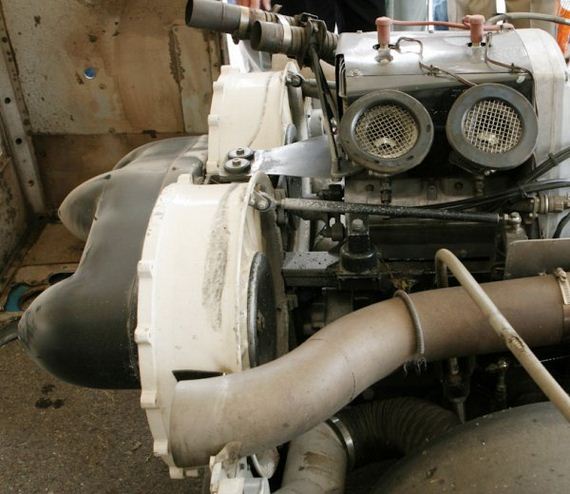
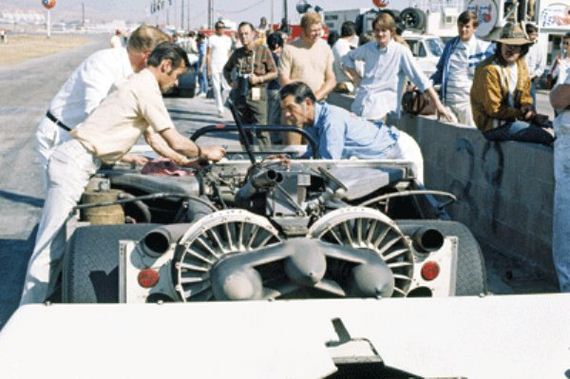
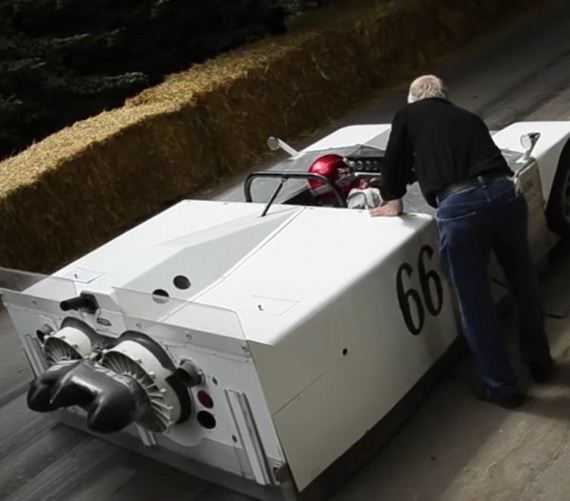
From Chive commenter “Earl”:
Above its big V8 engine, the “2J” also had a 2 cylinder snowmobile engine that was
used to operate the huge fans on the back of the car.
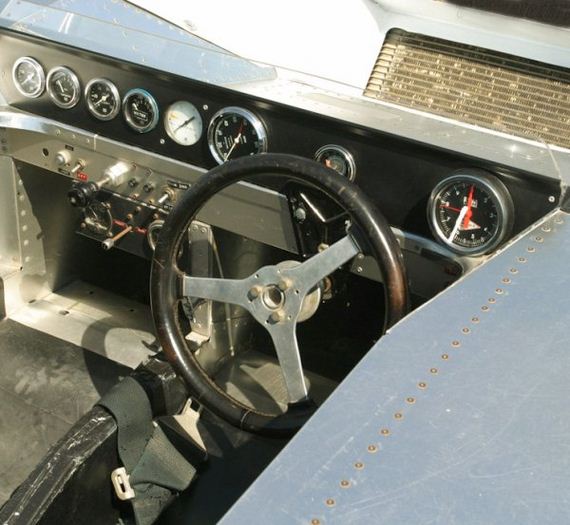
This secondary engine was essentially a giant vacuum that sucked the car to the ground giving it a huge aerodynamic advantage. As such, the 2J also had a fitting nick-name, the “sucker car”.
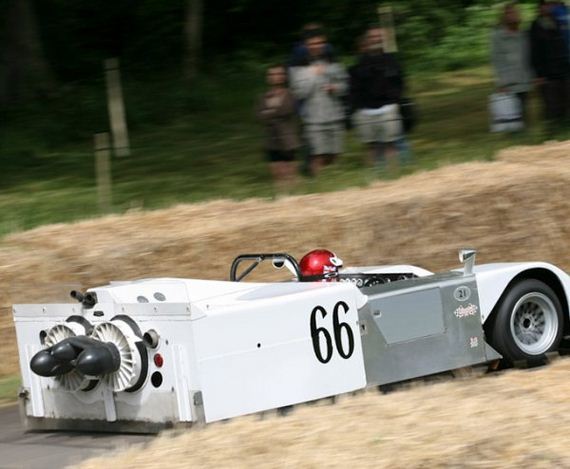
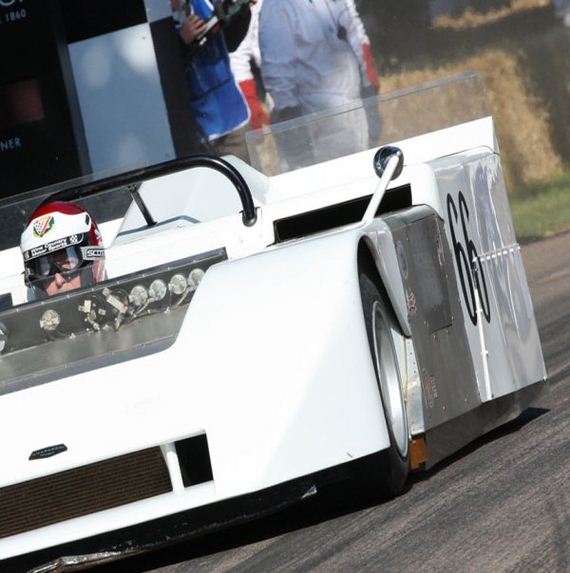
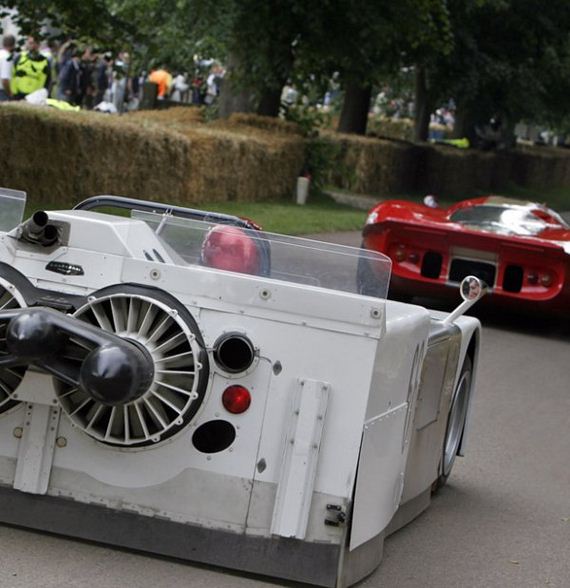
However, its racing history was cut short because of the 2J’s competition.
Why?
They complained that it had an “unfair advantage” due to the downforce created by the back fans. The Chaparral “2J” was outlawed after one season in the 1970’s Can-Am class.
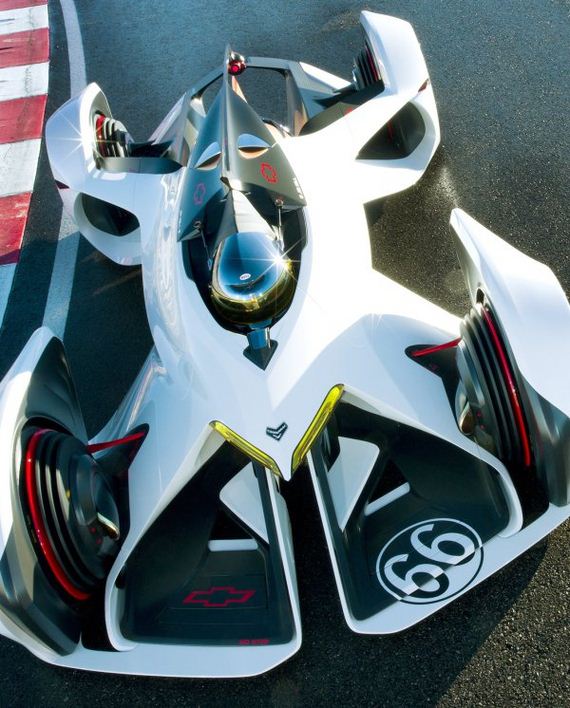
Then came a video game franchise called Gran Turismo.
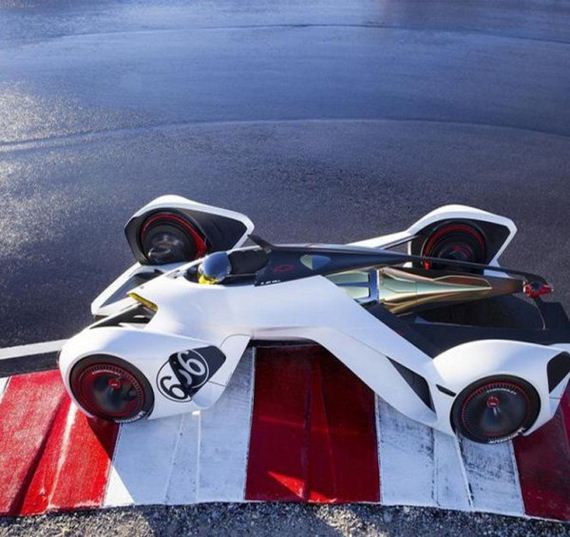
As a feature concept design, they made the Chaparral “Vision 2X/GT6” concept.
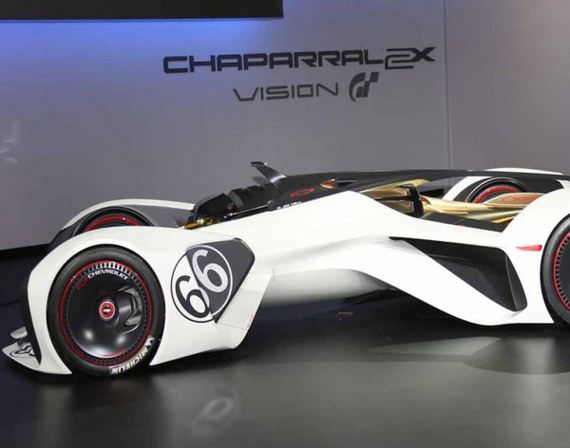
They even made a prototype of the car for the LA Auto Show/launch of the game.
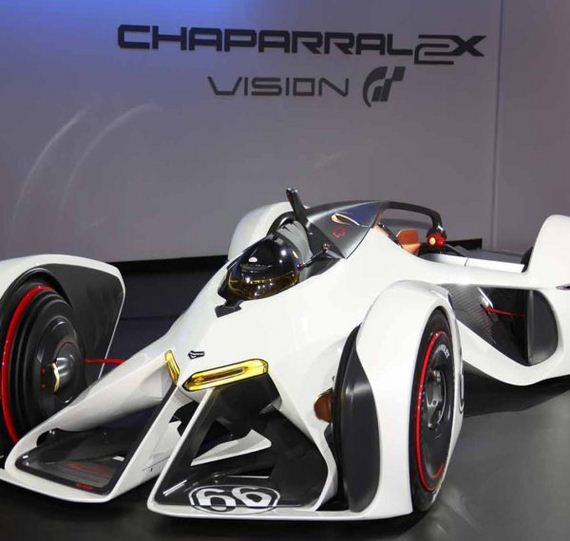
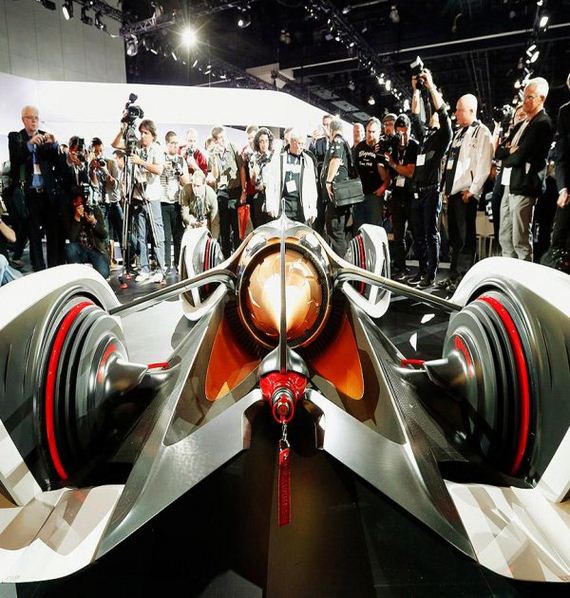
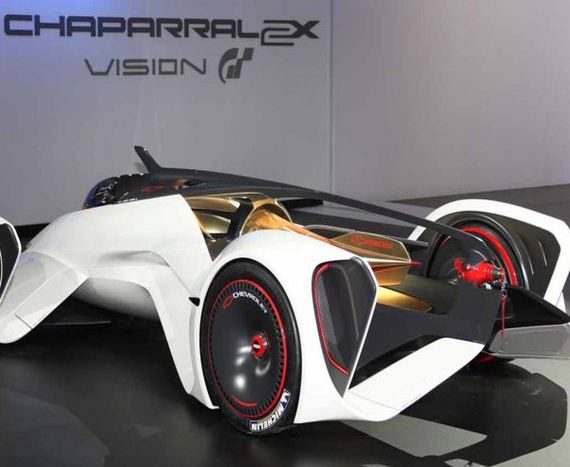
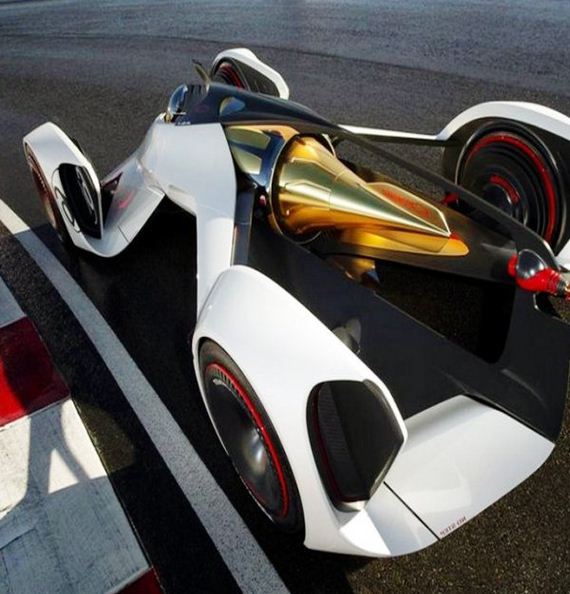
If video games were reality, the “2X” could hug the road at a speed of 240-mph.
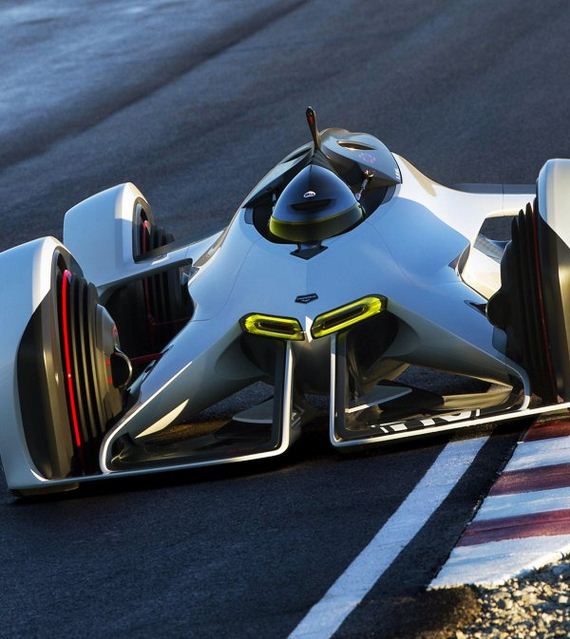
On one level, you could say, “it’s a concept from a video game…who cares”. I’d kind of agree. However, there are details that trickle into our every day cars.
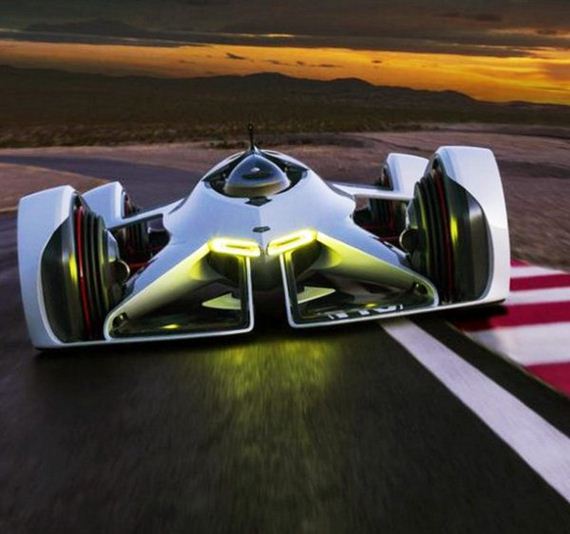
For example, look at the skinny diagonal shaped head-lights. Ever notice that all of the new cars have one thing in common…ding, ding…the designs all use small LED lights to form thin lines with unique angles.
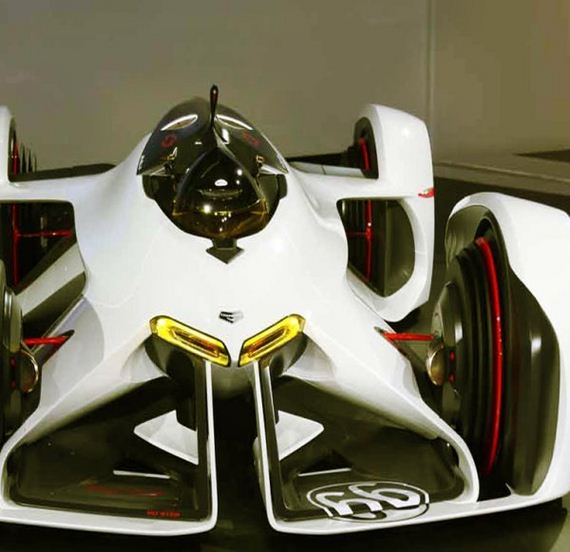
Can this be attributed to “this” video game concept. Not at all but designers learn and take feed-back. Concept vehicles, even video game concepts actually DO shape future design of cars.
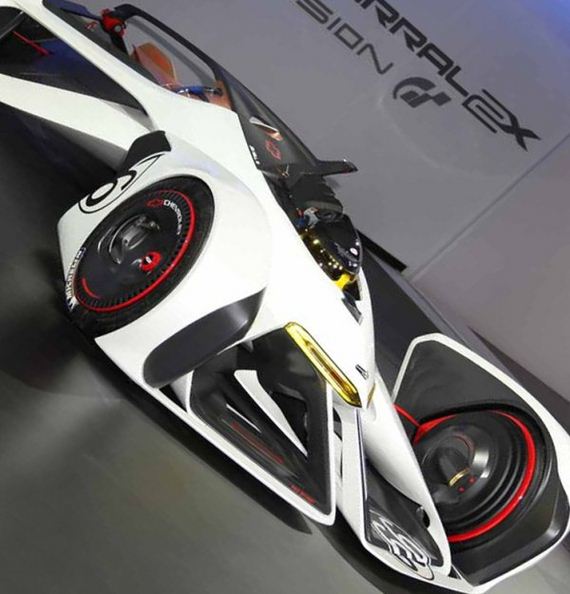
It may just be a “vision” of the future but the spirit of the original aerodynamic design lives on with a small California company and the designers of Sony in the Chevy Chaparral.
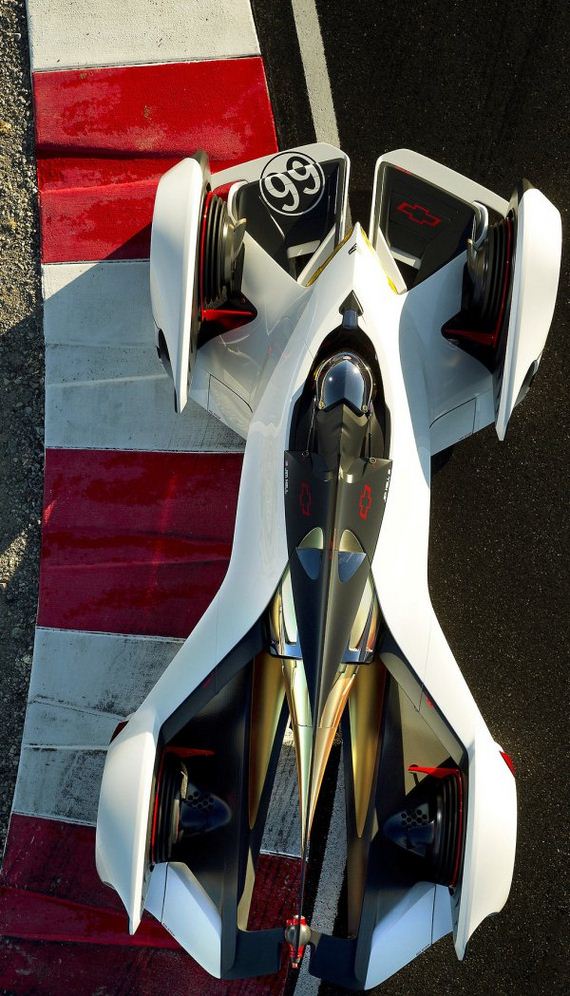
 Barnorama All Fun In The Barn
Barnorama All Fun In The Barn